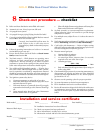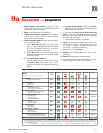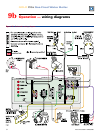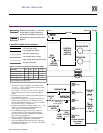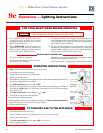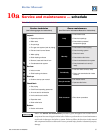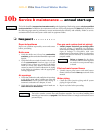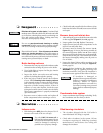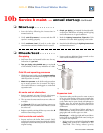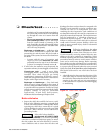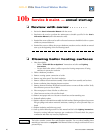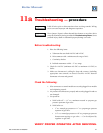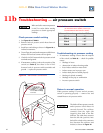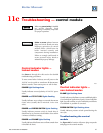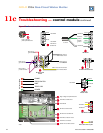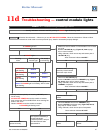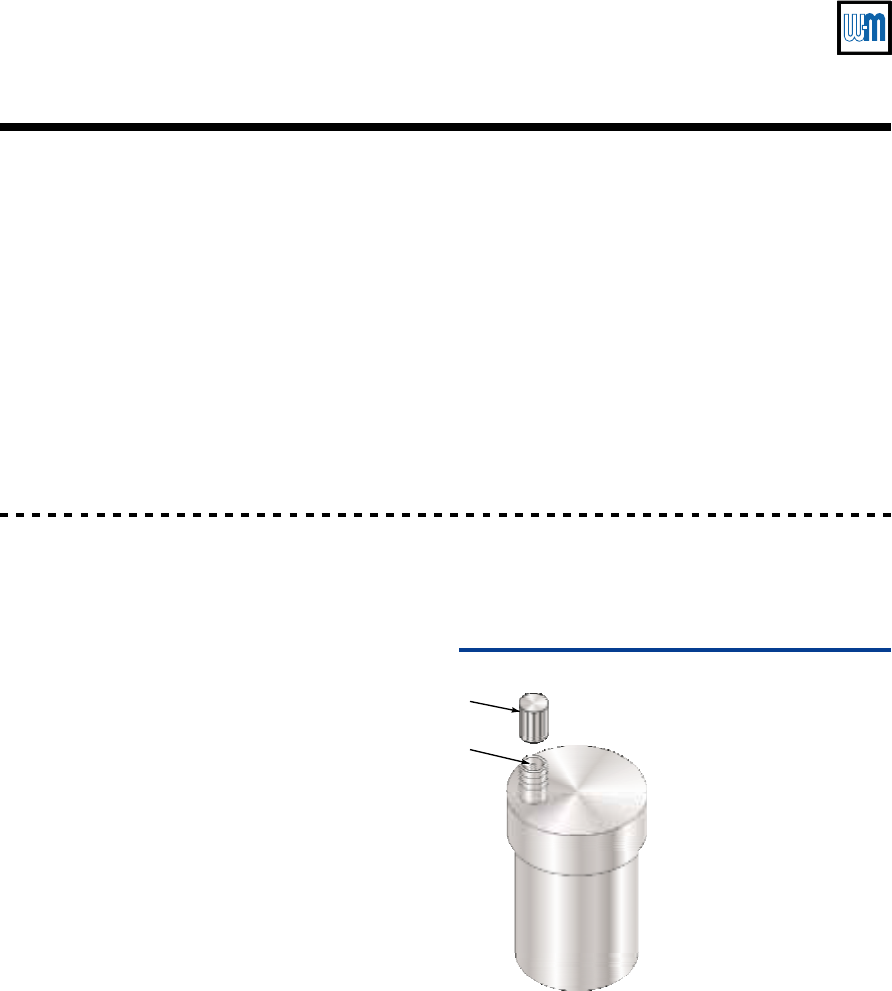
Part number 550-110-260/0200
38
GOLD CGs Gas-Fired Water Boiler
Service & maint. — annual start-up continued10b
❏ Start-up . . . . . . . . .
1. Start the boiler, following the instructions in
manual section 7.
2. Verify cold fill pressure is correct and that fill
system is working properly.
3. Verify
antifreeze level (if used) is at the right
concentration and that inhibitor level is correct.
4. Check gas piping, per manual Sections 5 and 7,
verifying no indications of leakage and all piping
and connections are in good condition.
5. Read the Lighting instructions (Figure 21 of this
manual or on boiler label) applying to the boiler.
6. Start the boiler following the Lighting instructions
and manual section 7.
❏ Check/test . . . . . . .
Gas piping
1. Sniff near floor and around boiler area for any
indication of a gas leak.
2. Test gas piping using bubble test, per section 5
of this manual, if there is any indication of a leak.
Cold fill and operating pressures
1. While the system is cold, note the pressure reading
on the boiler pressure/temperature gauge. Verify that
cold fill pressure is correct.
2.
Watch the pressure as the boiler and system heat
up to ensure pressure rise is normal. Too high a
rise would indicate a waterlogged or undersized
expansion tank.
Air vents and air elimination
1. Inspect automatic air vents (if used). Also inspect
air separators to ensure they are operational.
2. The cap must be unscrewed one turn to allow air
to escape.
3. See Figure 22. If the air vent is leaking, remove cap
A and briefly push valve B and then release to clean
the valve seat.
4. Replace cap A by twisting all the way onto valve B
and then unscrewing one turn.
Limit controls and cutoffs
1. Inspect and test the boiler limit control. Verify
operation by turning control set point below boiler
temperature. Boiler should cycle off. Return dial to
original setting.
2. Inspect and test additional limit controls or low
water cutoffs installed on system.
Figure 22 Automatic air vent, typical
26031
A
B
Expansion tank
1. Expansion tanks provide space for water to move
in an out as the heating system water expands due
to temperature increase or contracts as the water
cools. Tanks may be open, closed or diaphragm or
bladder type. See section
3 of this manual for
suggested best location of expansion tanks and air
eliminators.
Open-type — located above highest radiator or
baseboard unit, usually in the attic or closet. Has a
gauge glass and overflow pipe to a drain.
Closed-type — welded gas tight and located above
boiler. Tank is partially filled with water, leaving an
air cushion for expansion.
• Make sure this type of tank is fitted with a tank
fitting
, such as the B & G Tank-Trol or Taco
Taco-Trol. This fitting reduces gravity



